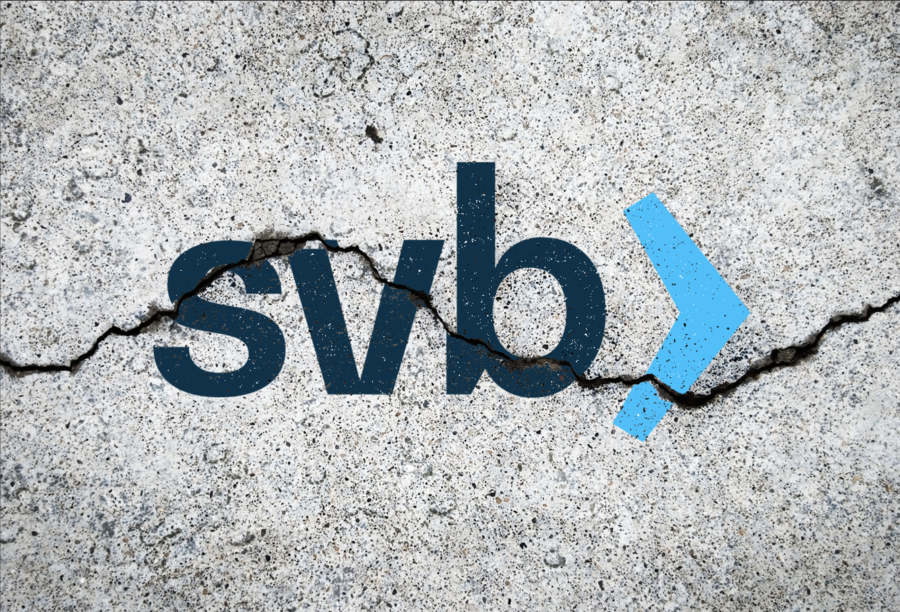
Silicon Valley Bank (SVB), founded in Santa Clara, Calif., nearly 40 years ago by former Bank of America executives to focus on technology startups, collapsed on March 10 after a run on its deposits over fears that it was running out of money to meet its liquidity requirements. SVB’s failure triggered fears of contagion across the banking system, and over the weekend, New York-based Signature Bank also went under.
The U.S. government and the Federal Reserve acted swiftly to fully protect depositors of both banks. Meanwhile, the Federal Deposit Insurance Corporation (FDIC) set up bridge banks to carry on the operations of both SVB and Signature Bank while it looked for buyers through auctions. Two days before SVB’s collapse, Calif.-based Silvergate Capital, which caters to the crypto industry, announced it was shutting down, and that it would repay its depositors.
Between the three banks, investors have lost a total of $72 billion in market capitalization, according to a Wall Street Journal report. Bank stocks across world markets, including those of JPMorgan and Citigroup, have lost billions in value in the wake of the bank failures, and another bank — San Francisco-based First Republic Bank — looked precarious as its share price tanked.
SVB had been a star performer in recent years, growing its asset base during the pandemic to $212 billion. It became the largest Silicon Valley bank by deposits and the 16th largest in the country. It had parked some of its deposits in bonds, which had lost value as a consequence of the Fed increasing interest rates to tame spiraling inflation. Meanwhile, SVB’s deposit growth had turned negative in the last three quarters, forcing it to sell its bond holdings at a huge loss. After it announced last Wednesday that it had to raise fresh capital, its “investors completely freaked out,” as a Wall Street Journal report put it, causing the run on its deposits.
Beyond the immediate fallout, the SVB failure has brought scrutiny to the Fed’s hawkish interest rate approach. But the larger lesson is for U.S. bank regulators to find ways to plan for the failure of midsized banks, especially after the 2008 Dodd-Frank Act was diluted to benefit all but the biggest banks, according to The Economist. The SVB episode is not a failure of the financial system, it said, noting that it was more a case of a bank’s bad bet on interest rates staying low.
Wharton finance professor Itamar Drechsler joined the Wharton Business Daily show on SiriusXM to discuss what led to the collapse of SVB and the questions it raises for banks, depositors, and regulators going forward.
No comments:
Post a Comment